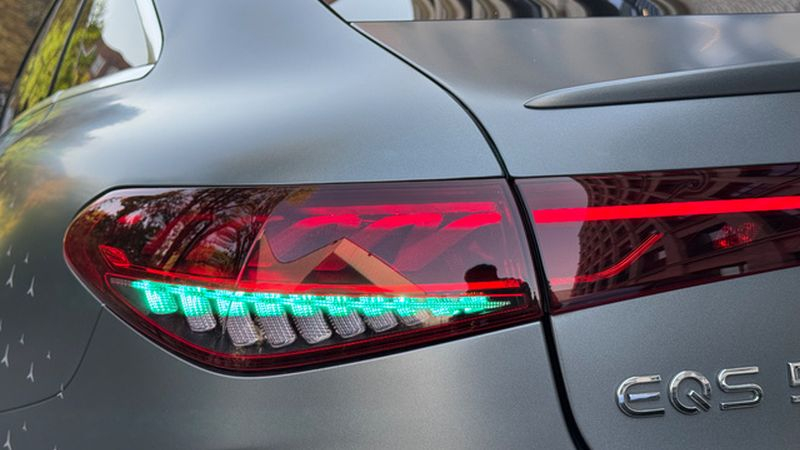The ability of modern automation to control vehicles without human intervention is limited by a number of conditions, and driving speed is one of them. Mercedes-Benz managed to raise the speed limit when driving in automatic mode from 60 to 95 km/h, removing the requirement to use the third level autopilot only in city traffic jams.

Image source: Mercedes-Benz
In fact, as ComputerBase.de notes, the German automaker’s Drive Pilot system will soon be able to be used not only in traffic jams when driving at a speed of no more than 60 km/h in the far right lane. Firstly, after updating the software, the automation is capable of controlling the car at speeds of up to 95 km/h. Secondly, the third level autopilot according to the SAE classification performed by Mercedes-Benz means that the driver does not need to constantly monitor the road or keep his hands on the steering wheel when activating this function. Previously, he was allowed to sit back for a rest while driving in traffic jams, play on the on-board computer or watch videos.
By the end of this year, Mercedes-Benz will complete testing a new version of Drive Pilot, which will raise the speed limit to 95 km/h in automatic control mode. After government approval, this update will begin rolling out to client machines in early 2025. True, one important limitation still remains – another car must move in front of the user of such a system, playing the role of a “leader”. The distance to such a car when driving on country highways should be measured in hundreds of meters, and the autopilot can only be activated in the far right lane. By the way, the line of 95 km/h was not chosen by chance: Mercedes-Benz specialists simply added an error of 15 km/h to the typical speed of trucks on German highways of 80 km/h in order to allow the autopilot of a passenger car to follow such a “leader” within one lane.
By the end of the decade, Mercedes-Benz aims to increase driving speeds on autopilot to 130 km/h. The Drive Pilot update will be available to all owners of compatible cars of the brand free of charge and remotely, although when ordering a car this option itself costs 5,950 euros. Since the possibility of its operation depends on some other features of the configuration, in reality the buyer has to overpay up to 11,000 euros for access to the autopilot. Road works, tunnels or difficult weather conditions limit the system’s operation, so you can’t count on Drive Pilot being activated in every situation. Turning on the system results in the display of the “A” symbol on the dashboard if the maximum speed in automatic mode reaches 60 km/h; if it increases to 95 km/h, the “A+” symbol will be displayed on the panel. The system can be activated using the buttons on the steering wheel.
Mercedes-Benz’s Level 3 Autopilot means that the driver does not need to keep an eye on the road while he is active or keep his hands on the steering wheel. However, if it is necessary to manipulate an electronic device, the automaker recommends that they be carried out through the interface of the on-board multimedia system, since holding a smartphone between the face and the steering wheel is unsafe: in the event of a collision, it can be pressed against the face by the airbag with great force. If you need to interact with your smartphone, it is better to keep it on the right side.

Image source: ComputerBase.de
If it is necessary to transfer control back to the driver, the Mercedes-Benz on-board automation system gives him 10 seconds to confirm his readiness to do so. If the system’s requirements are ignored, the car will emit various audible and visual signals, after which it will tighten its seat belt and smoothly stop in the same lane, turning on the hazard lights and calling emergency services. In such a situation, the automation will assume that the driver is not feeling well and is not able to take control. By the way, the activity of the automation will be signaled to others by turquoise LED strips duplicated in the front and rear lighting equipment, as well as the side mirrors. The use of such signals has not yet been approved at the legislative level, but Mercedes-Benz claims that tests have confirmed the appropriateness of such an alarm.